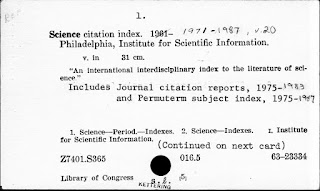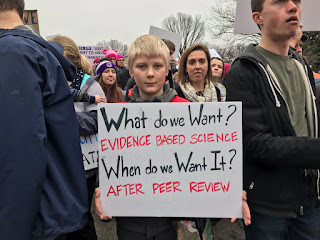A new publication by
Michael Moore, Associate Professor of Botany, and collaborators in China.
Feng T,
Moore, Michael J, Yan M, Sun Y, Zhang H, Meng A, Li X, Jian S, Li J, Wang H. 2017. Phylogenetic study of the tribe Potentilleae (Rosaceae), with further insight into the disintegration of
Sibbaldia. Journal of Systematics and Evolution 55(3):177-91.
Potentilleae, one of 10 tribes of the Rosaceae, are mainly distributed in alpine regions of the Northern Hemisphere. The taxonomy of Potentilleae has been challenging due to extensive hybridization, polyploidization, and/or apomixis characterizing several genera of Potentilleae, such as
Alchemilla,
Argentina, and
Potentilla. To help clarify relationships within Potentilleae, a phylogenetic analysis of the tribe with an emphasis on the polyphyletic genus
Sibbaldia was carried out using nuclear ribosomal internal and external transcribed spacer regions and the plastid trnL-F and trnS-G spacer regions. In agreement with previous phylogenetic analyses, three major clades were identified in the present study: the subtribe Fragariinae, the genera
Argentina, and
Potentilla. The 15 species of
Sibbaldia were recovered in five distinct clades: three in subtribe Fragariinae, one in
Argentina, and the last in
Potentilla. The recently established genus
Chamaecallis, comprising a single species formerly treated in
Sibbaldia that has intermediate floral character states with respect to Fragariinae and
Potentilla, was recovered as sister to
Drymocallis. Morphological character state reconstruction indicated that a reduction in the number of stamens (10) is a derived character state that has arisen multiple times in Potentilleae. Molecular dating analyses agreed with previously published estimates and suggested that crown group Potentilleae arose in the Middle to Late Eocene, with most generic-level divergences occurring in the Oligocene and Miocene. (from the
publisher's website)





























